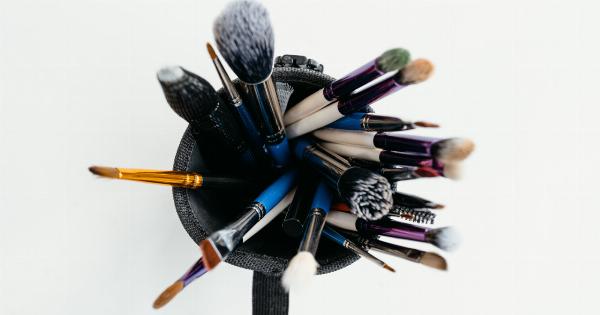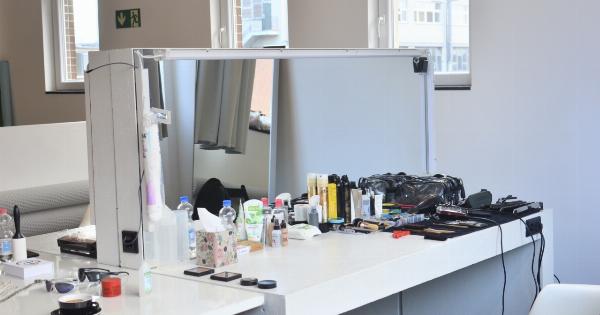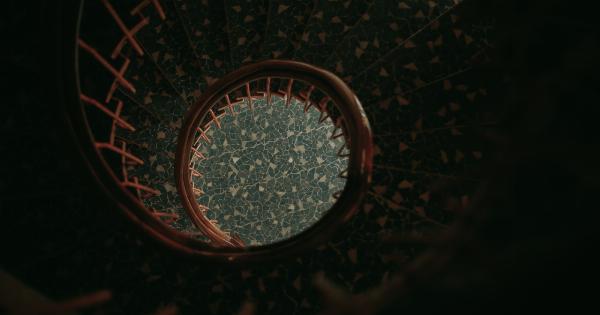As we age, our skin becomes more prone to damage and breakdown. This is because the skin loses its elasticity, its ability to retain moisture, and its capacity to regenerate itself.
This leads to the appearance of fine lines, wrinkles, age spots, and a dull, dry complexion. While aging is an inevitable process, there are several early indicators of dermal breakdown that can help us identify the signs of aging and take steps to reduce their impact on our skin health.
What Causes Dermal Breakdown?
Before we delve into the early indicators of dermal breakdown, it’s important to understand what causes this condition. Several factors can contribute to the breakdown of our skin’s structure and function, including:.
- Exposure to ultraviolet (UV) radiation from the sun
- Pollution
- Poor nutrition
- Smoking
- Stress
- Lack of sleep
- Hormonal imbalances
- Genetics
All of these factors can affect the health and appearance of our skin, and can lead to dermal breakdown over time.
Early Indicators of Dermal Breakdown
Now let’s take a closer look at the early indicators of dermal breakdown:.
1. Fine lines and wrinkles
As we age, our skin loses its elasticity and its ability to produce collagen and elastin, which are essential for maintaining skin firmness and resilience.
This can lead to the appearance of fine lines and wrinkles, especially around the eyes, mouth, and forehead. These lines and wrinkles can be early indicators of dermal breakdown, and are often the first signs of aging skin.
2. Age spots and hyperpigmentation
Exposure to UV radiation from the sun can cause damage to our skin’s melanocytes, which are responsible for producing skin pigment. This can lead to the appearance of age spots, dark spots, and hyperpigmentation.
These patches of discoloration can be early indicators of dermal breakdown, and may indicate that our skin is suffering from photodamage.
3. Dull, dry skin
As we age, our skin’s ability to retain moisture decreases, which can lead to dryness, flakiness, and a dull, lackluster complexion.
This can be a sign of dermal breakdown, and may indicate that our skin is not functioning as efficiently as it should be.
4. Rough texture and uneven tone
Dermal breakdown can also lead to changes in our skin’s texture and tone. Our skin may become rougher, with a more uneven surface, and may develop a mottled appearance.
These changes can be early indicators of dermal breakdown, and may indicate that our skin is having difficulty regenerating itself and repairing damage.
5. Loss of volume and contour
As we age, our skin’s underlying tissues, including fat and muscle, can thin and lose volume. This can lead to a loss of contour and definition, and can make our skin appear less plump and youthful.
This can be a sign of dermal breakdown, and may indicate that our skin is losing its structural support.
Preventing and Treating Dermal Breakdown
While dermal breakdown is an inevitable part of the aging process, there are several steps we can take to prevent and treat its early indicators. These include:.
- Wearing sunscreen every day, regardless of the weather
- Eating a balanced, nutritious diet that’s rich in vitamins and antioxidants
- Getting enough sleep and managing stress effectively
- Avoiding smoking and limiting alcohol consumption
- Using skincare products that are formulated to address the signs of aging
- Considering cosmetic treatments, such as Botox and dermal fillers, to restore volume and smooth out wrinkles and fine lines
By taking these steps, we can help reduce the impact of dermal breakdown on our skin, and maintain a healthy, youthful complexion as we age.
In Conclusion
Dermal breakdown is a natural part of the aging process, but its early indicators can help us understand the signs of aging skin and take steps to prevent and treat them.
By protecting our skin from the sun, practicing good nutrition and lifestyle habits, and using effective skincare products and treatments, we can help maintain the health and appearance of our skin for years to come.






























